The Untold Journey of Stereophonic: A Spotlight on the Acclaimed Play
The unexpected sensation of the New York theater scene, Stereophonic, transitioned from being an unnoticed gem to a widespread topic of conversation almost overnight. This phenomenon mirrors the rise of Hamilton. As Stereophonic prepares to make its way to London after a stellar nine-month Broadway run—where it sold out every performance and earned 13 Tony nominations, the highest in Broadway history—its potential success raises the question: can it replicate its Broadway triumph abroad? According to The New York Times, “The play is a staggering achievement and already feels like a must-see American classic.”
Written by David Adjmi, this three-hour drama is not classified as a musical, yet it is infused with music. The narrative offers a close-up look at a fictional Anglo-American rock band as they navigate the recording of a hit album in a California studio during 1976, against a backdrop of personal conflicts and relationship challenges. If this plotline sounds reminiscent of Fleetwood Mac’s tumultuous creation of their iconic album Rumours, you’re not alone in drawing parallels. The show features a British couple, Reg (the bassist) and Holly (the keyboardist and singer), mirroring the well-documented split of John and Christine McVie from Fleetwood Mac, while British drummer Simon attempts to mediate the chaos amidst his own crumbling marriage, akin to Mick Fleetwood’s experiences. The dynamics between American singer-guitarist Peter and vocalist Diana can also be compared to those of Lindsey Buckingham and Stevie Nicks. Legal ramifications surrounding these similarities may arise later in the article.
Interestingly, the initial spark for this play’s concept came to Adjmi aboard an airplane back in 2013, inspired by a completely different musical act.
“I was listening to Led Zeppelin’s cover of ‘Babe, I’m Gonna Leave You’ on the in-flight radio, a song my brother often strummed on his guitar,” Adjmi recalls. “Robert Plant’s delivery captured a tumultuous relationship encapsulated in the lyrics: love, hate, need, and loathing all at once, like a Freudian tableau.” This moment led him to envision a band sequestered behind studio glass, with some of their conversations faintly heard by the audience.
Adjmi also intended to depict the band as a surrogate family, reflecting on his own experiences growing up as the youngest in a “volatile” Syrian Jewish household in Brooklyn. He shares, “On an unconscious level, I wanted to tell that story through characters revealing their inner selves to a microphone.”
After a decade of development and collaboration, Stereophonic debuted at the 200-seat Playwrights Horizons theater off-Broadway in October 2023. Adjmi connected with key collaborators early on, including director Daniel Aukin, whom he convinced to join him for lunch before drafting any scripts, and Will Butler of Arcade Fire fame, who composed the music for the play. Notably, none of them had prior experience working with each other before this venture began.
Among the main creatives, only Butler had firsthand experience in a recording studio. “We were faking it till we made it,” Aukin admits during a rehearsal break in North London. To ground their production in authenticity, they immersed themselves in behind-the-scenes rock documentaries such as Metallica’s Some Kind of Monster and Jean-Luc Godard’s Sympathy for the Devil, which explore themes of interpersonal dynamics in music groups.
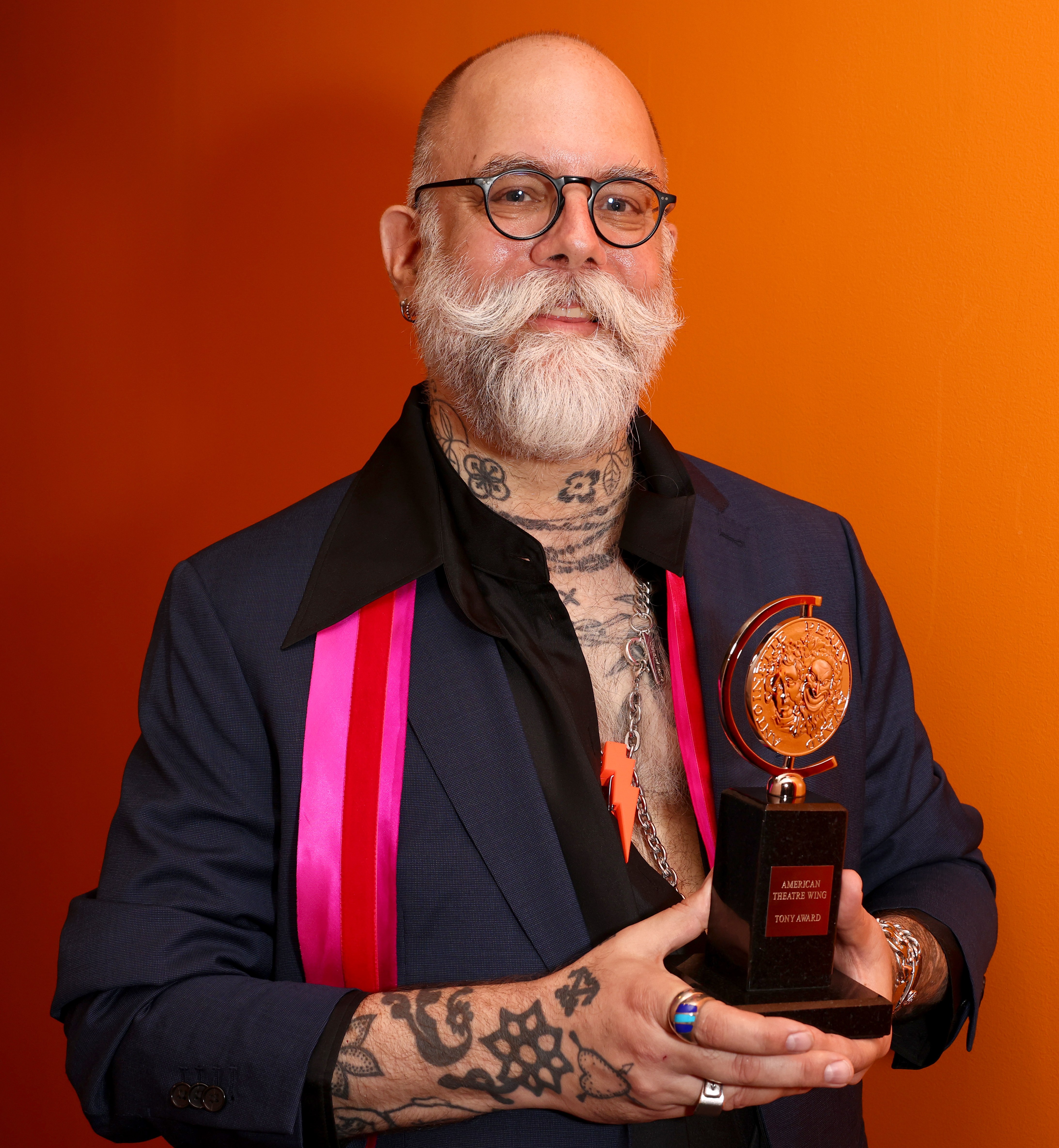
Adjmi’s epiphany about the recording studio as a central dramatic space has a profound impact on the audience’s engagement. The intimate setting places the audience alongside the engineers in a wood-paneled studio while the fictional band rehearses behind a soundproof glass panel, mirroring the isolation and pressure musicians often face.
Designer David Zinn crafted the set by studying actual Seventies rock studios like Sound City and The Record Plant, amalgamating various styles to create a unique aesthetic. His design thoughtfully maximizes the visual interaction between the control room and the band, making the fictional space feel accessible to the audience.
In this air-conditioned sanctuary, tensions and creative conflicts unfold as the band members rehearse, bicker, and reconcile. The drama artfully avoids the clichéd sex, drugs, and rock’n’roll narrative, opting for a hyper-realistic dialogue style that requires audience engagement. Aukin reflects, “Though it has elements reminiscent of classical drama, its unconventional delivery makes it refreshing.”
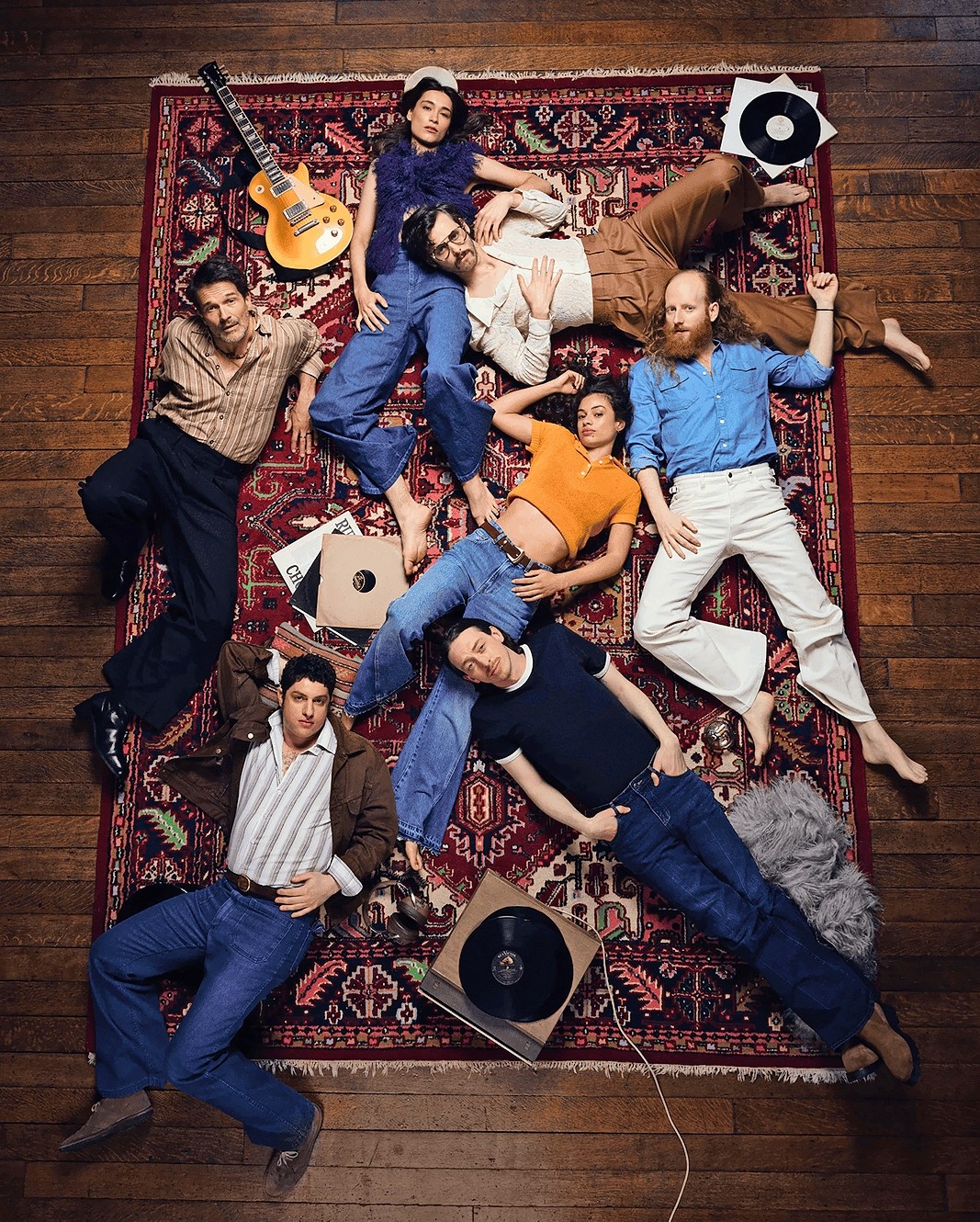
Actor Andrew R Butler has been portraying the second engineer Charlie since the play’s launch. Having missed only five performances on Broadway, he describes the unique perspective of his role: “I feel like I get to watch the play unfold nightly, allowing the audience to observe through the engineers’ eyes. The band believes they can conclude the recording in three weeks, but it stretches out to a year as they rise to stardom amid personal turmoil.”
While Stereophonic does not follow a conventional plot, Butler likens his performance to musical interpretation, remarking on its rigorous yet unpredictable nature, which feels reminiscent of film acting.
With Butler as one of three holdover cast members from Broadway, the London production introduces new actors, including Lucy Karczewski and Nia Towle. Karczewski learned about the play while overhearing her roommate practicing its song “Bright” and decided to audition, ultimately landing the role of Diana without causing any rift in their friendship.
During rehearsals, the band occasionally showcases their musical talent, with Aukin and Butler closely observing their progress. “It’s crucial we shape them into a cohesive group,” Aukin explains. At one rehearsal, the five-member band presented half an hour of impressive, original music, striving to embody the essence of a world-class group.
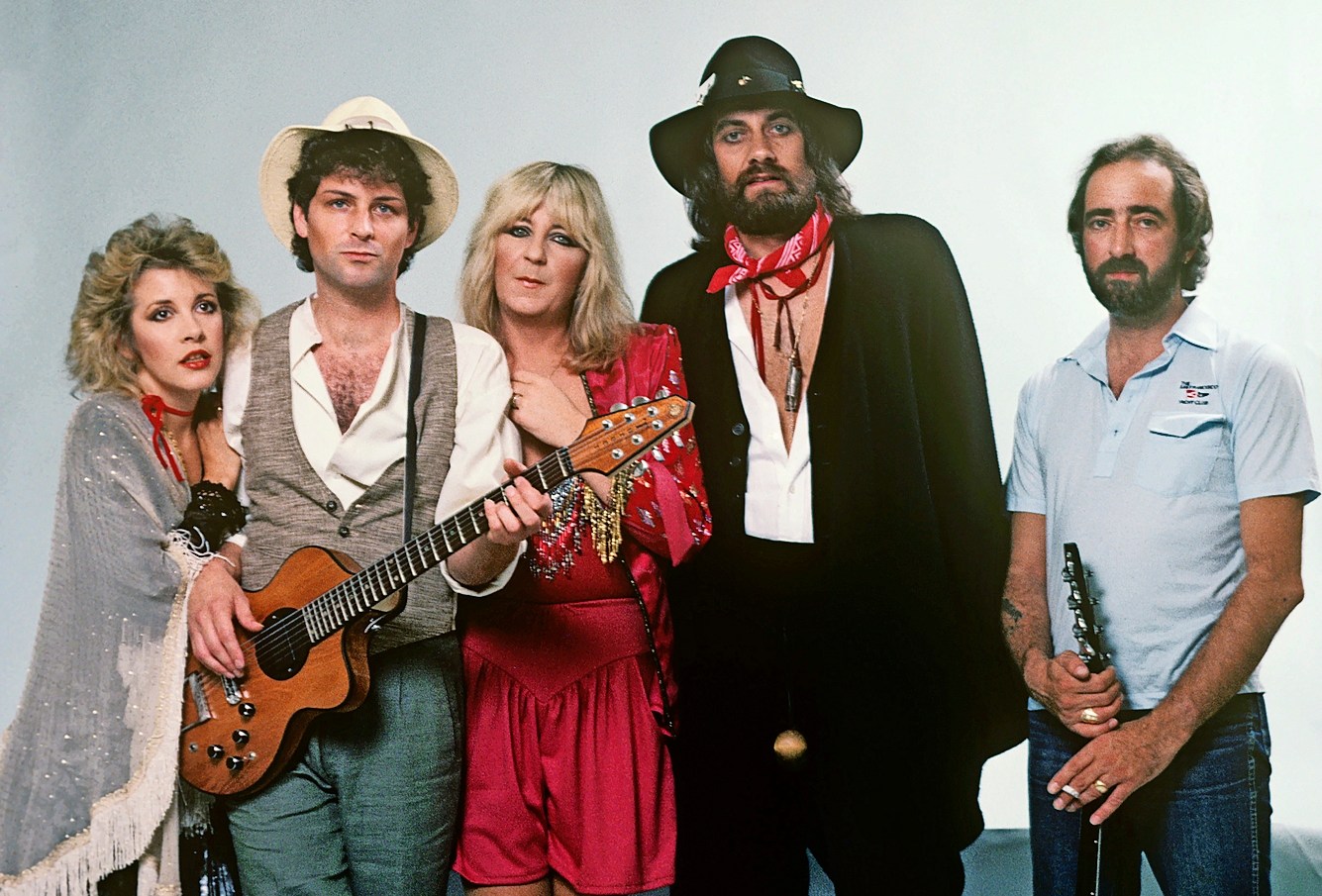
Considering the musical influences, while their sound shares similarities with Fleetwood Mac, Butler downplays the connection, stating that his upbringing consisted of more indie and alternative influences rather than classic rock. He adds, “When discussing harmonies, I hear echoes of the Eagles rather than Fleetwood Mac.”
Nevertheless, some audiences noted striking correlations with Fleetwood Mac. Ken Caillat, who engineered Rumours, saw the Broadway adaptation and found elements too closely resembling stories from his memoir, leading him to express disappointment over perceived similarities. “I feel ripped off,” he stated to The New Yorker. Adjmi, however, clarified that any likeness to Caillat’s experiences was unintentional, although a lawsuit ensued and was later settled on mutually agreeable terms. The producer Sonia Friedman emphasized the unsettling nature of the accusations but confirmed that the matter is resolved.
Adjmi acknowledged that Fleetwood Mac serves as one source of inspiration for Stereophonic, but insists that the story expands beyond those narratives. “While superficial elements might connect to Fleetwood Mac, the play draws heavily from numerous influences. Artists, throughout history, have always blended inspirations to create something new, and this work reflects that synthesis.”

During his Tony acceptance speech last summer, Adjmi expressed profound gratitude towards those who supported him in his seven-year journey. He plans to relocate to London this autumn, feeling more at home in the UK amidst ongoing complexities in the US. While he embraces the recognition and success at 52 years old, he reflects, “This word ‘success’ makes me uneasy. It suggests that my previous work lacked value. I have been crafting plays for two decades, and it’s essential to recognize that achievement isn’t solely measured by accolades. It’s a passive honor; the recognition is given, not earned through effort.” He hints at his next project, which diverges from his past work, emphasizing his desire to explore radically new themes.
For Butler, this venture into theater represents a newfound creative chapter following his departure from Arcade Fire amid controversies. “Leaving a successful band felt surreal, but I knew I needed to embrace some risk. It’s comical how well this endeavor has taken off; a three-hour play capturing widespread interest is quite the development.”
He draws from his past in band dynamics, underscoring the accuracy of Stereophonic in portraying the studio experience—how daily pressures can lead to creative breakthroughs while testing personal limits. The play vividly explores the synaptic intersections of art and turmoil, offering an engaging lens into the rock and roll experience.
Stereophonic will be showcased at the Duke of York’s Theatre in London from May 24 to October 11.
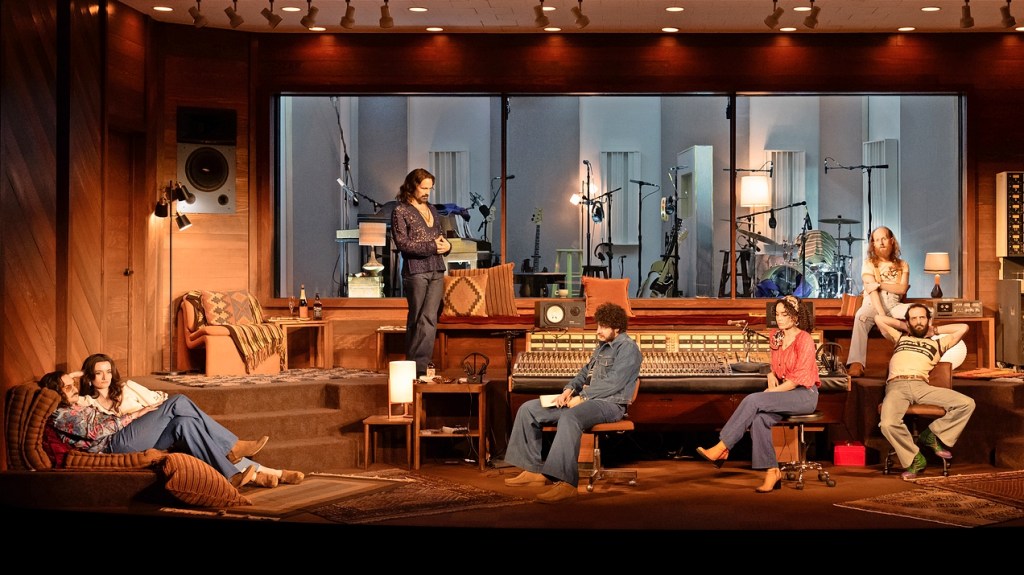
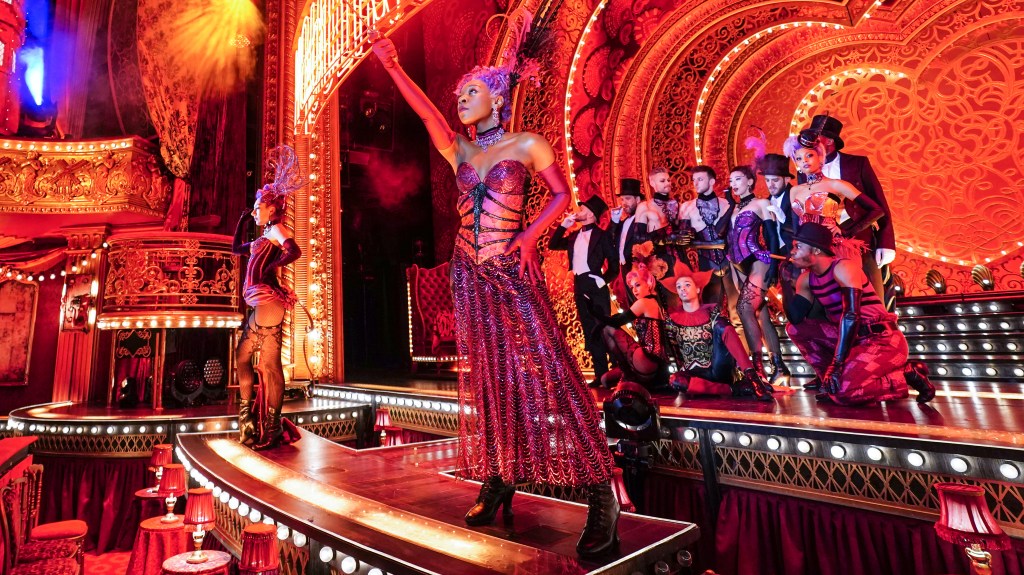

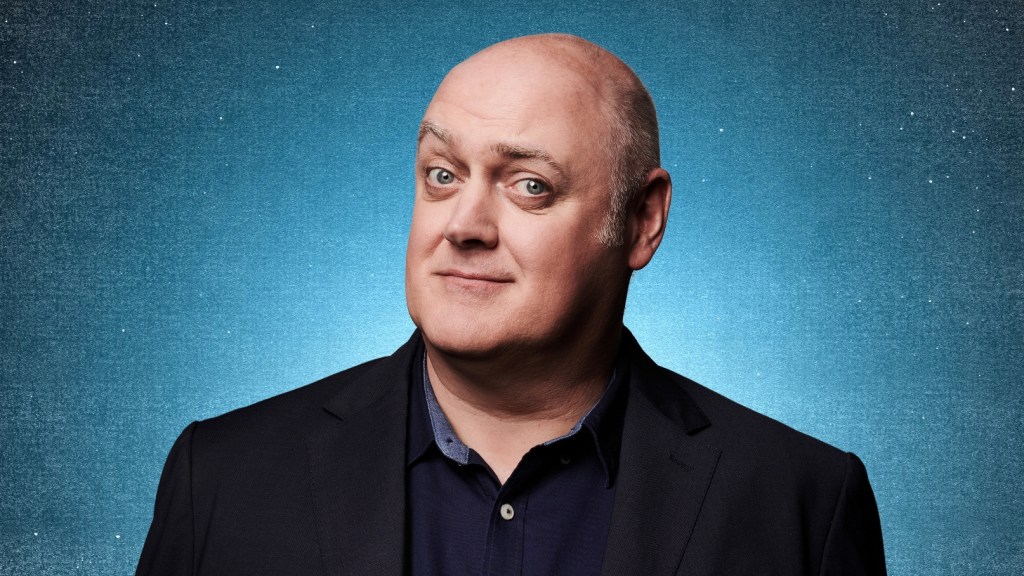
Post Comment